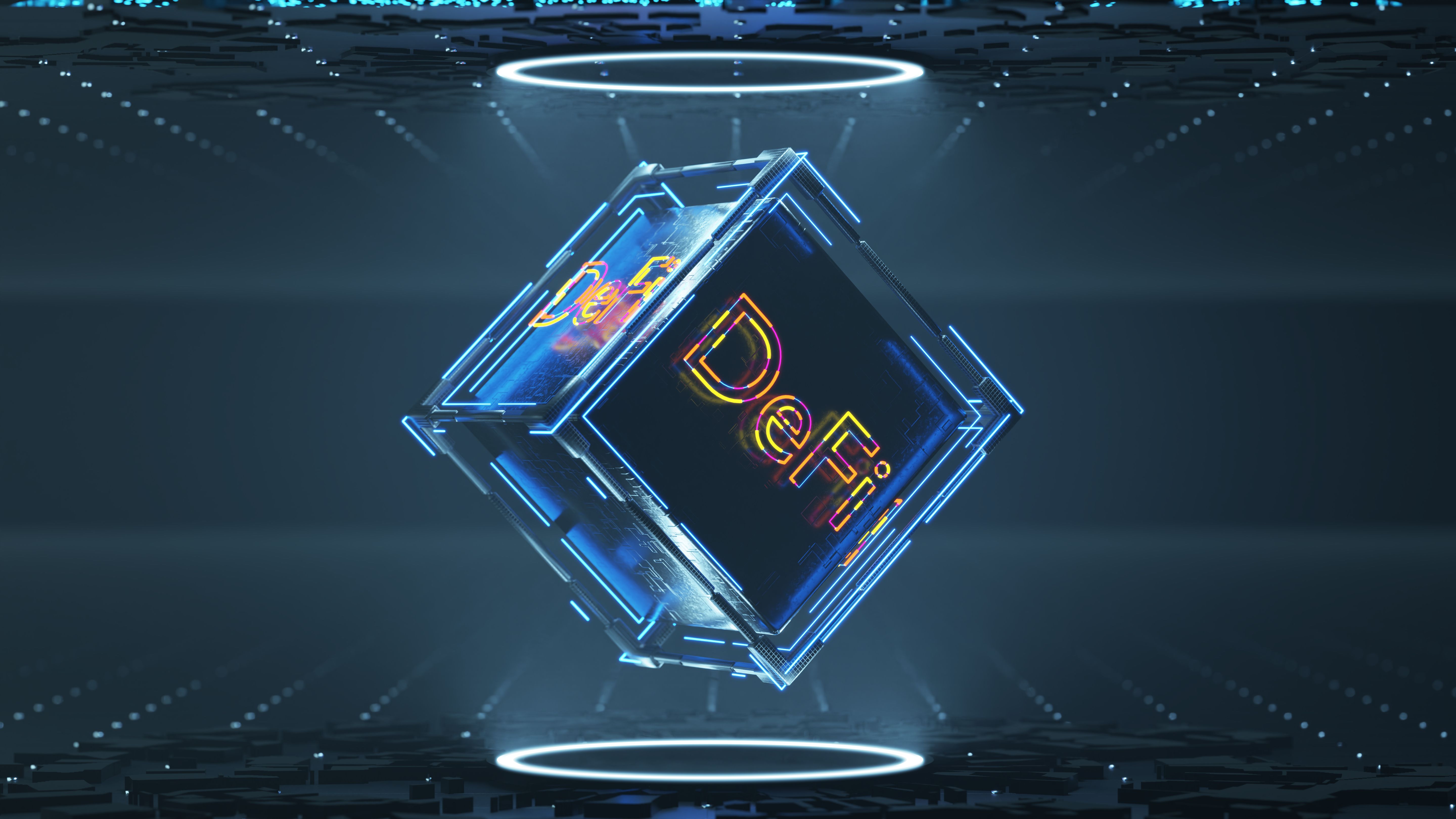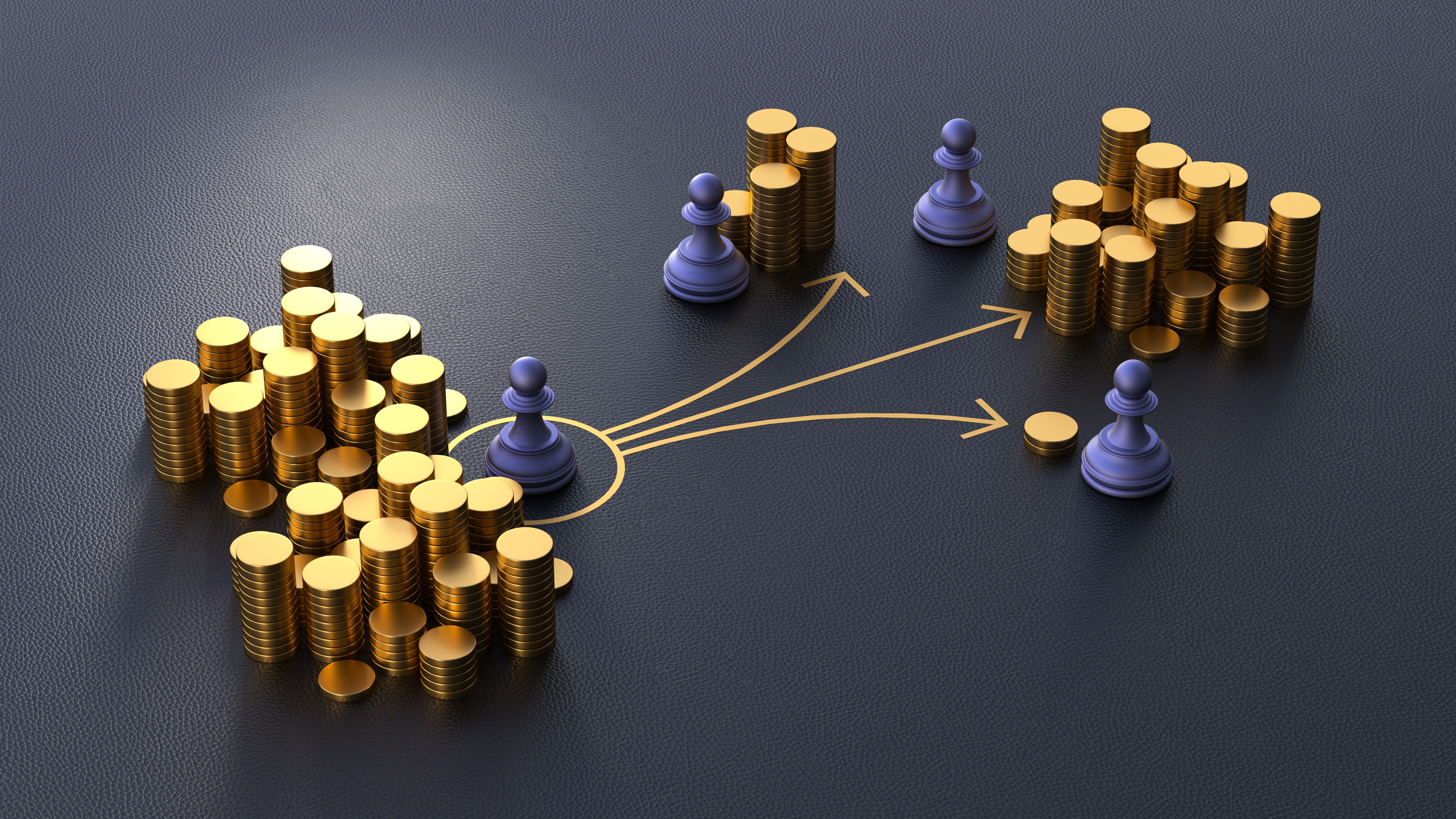MakerDAO's Strategic Move: Expanding Real-World Assets Portfolio
Understanding MakerDAO's Strategic Shift
In the rapidly evolving world of decentralized finance (DeFi), MakerDAO stands out for its pioneering role in stabilizing cryptocurrencies through its Dai stablecoin. Recently, MakerDAO has taken a significant step by expanding its portfolio to include real-world assets (RWAs). This move is not just a diversification strategy, but a bold attempt to bridge the gap between traditional finance and decentralized ecosystems.
By integrating RWAs, MakerDAO aims to enhance the stability and growth of its platform. Real-world assets could include anything from real estate and bonds to commodities and other tangible investments. This strategic expansion is expected to provide a more robust backing for its stablecoin while offering users opportunities for more diversified investments.

The Rationale Behind the Expansion
The decision to incorporate real-world assets into MakerDAO's portfolio is driven by several key factors. Primarily, it addresses the volatility often associated with cryptocurrencies. By anchoring its stablecoin with tangible assets, MakerDAO aims to reduce risks and provide a more stable financial product.
Moreover, this strategic move opens up new revenue streams. By diversifying its collateral base, MakerDAO can attract a broader range of investors, including those who are more comfortable with traditional asset classes. This not only increases the platform's user base but also strengthens its market position.
Potential Impact on the DeFi Space
The integration of real-world assets into MakerDAO's ecosystem could set a precedent for other DeFi projects. If successful, it may encourage more platforms to consider RWAs as a viable option for diversification and risk management. This could lead to greater mainstream adoption of DeFi technologies and a more integrated financial landscape.

Challenges and Considerations
Despite the potential benefits, incorporating real-world assets into a decentralized system like MakerDAO is not without challenges. Regulatory compliance is a major consideration, as different jurisdictions have varying requirements for dealing with tangible assets. Ensuring transparency and security in the management of these assets is also crucial to maintain trust among users.
Moreover, the operational complexities of managing physical assets in a digital ecosystem require sophisticated infrastructure and processes. MakerDAO will need to develop robust mechanisms for asset valuation, custody, and liquidation to ensure smooth integration with its existing systems.
The Road Ahead for MakerDAO
As MakerDAO embarks on this transformative journey, the DeFi community will be watching closely. The success of this strategy could redefine the financial landscape by showcasing how traditional assets can coexist with blockchain technology. This could lead to new innovations in asset tokenization and broaden the scope of what DeFi platforms can offer.

Looking ahead, MakerDAO's expansion into real-world assets represents a significant evolution in its business model. By marrying the reliability of traditional finance with the innovation of decentralized systems, it is poised to offer unprecedented opportunities for investors and users alike.
In conclusion, MakerDAO's strategic move to expand its real-world assets portfolio is a bold step towards greater stability and diversification. As this initiative unfolds, it will undoubtedly influence the trajectory of decentralized finance and inspire future advancements in the sector.
